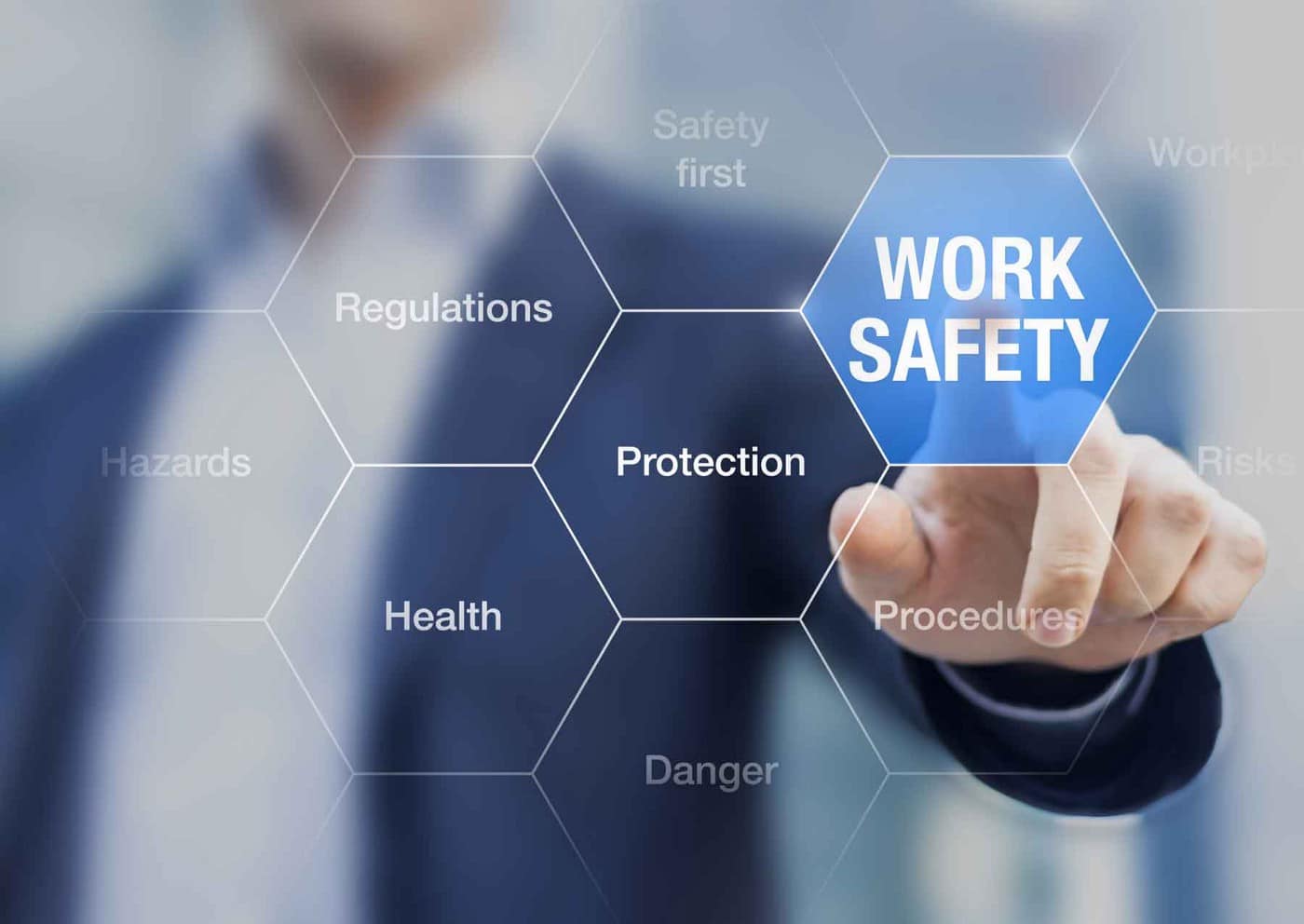
Between 2002 and 2013, the number of serious workplace violence incidents (those requiring time off to recuperate) was four times higher in healthcare than in private industry as a whole, according to an OSHA workplace violence fact sheet. With some effective tools and the right processes, healthcare organizations can ensure a secure workplace for team members, patients, and family members.
Sources of Workplace Violence in Healthcare
Workplace violence in the healthcare environment comes from multiple sources. There are three groups most likely to be involved:
• Patients: Most patients in hospital settings are experiencing severe stress due to health problems, cost, uncertainty, and more. This can sometimes cause violent reactions to upsetting news.
• Family and visitors: Similarly, visiting a loved one in the hospital could be a life-altering experience. As with patients, this stress and uncertainty can lead to aggressive actions.
• Staff: Typically, staff incidents occur against other staff. This is frequently an escalation of other issues such as bullying. Sometimes staff violence occurs following a termination, especially for cause.
Violence between patients and visitors can be a common form of healthcare violence. Additionally, external threats such as active shooters or criminal activity can occur, although these incidents are rare.
Ensuring Staff and Patient Safety
Preparing healthcare security personnel and establishing safety policies can help to deescalate potentially violent incidents and improve response times, minimizing the harm of an incident. Security personnel and other staff need to be prepared to respond to the unique types of violence in the healthcare environment.
• Security personnel: Security personnel need to be present and prepared to step in. This is particularly important in hot spots such as the emergency room. They need training on how to support the healthcare staff, especially when a patient is violent but cannot be immediately discharged.
• Team education: Educating other staff is also important. In particular, promoting a “see something, say something” culture can be beneficial. It’s also important to teach techniques for patient restraint.
• Establishing a workplace security committee: There should be a team dedicated to identifying and resolving workplace violence issues. This committee should take the point on education as well as reviewing cases and recommending improvements.
Healthcare Security Measurement and Reporting
Handling any security concern is easier with effective measurement, reporting, and evaluation. Capturing data such as silent alarm triggers, video recording, and after-incident reports can help security teams to better analyze current practices and find potential improvements.
Although current incidents are high, healthcare violence can be significantly mitigated with the right approach and tool set. The key to improvement is an adjustment-oriented mindset in which teams consistently look for vulnerabilities and solutions.
Ensuring a Secure Workplace With Alarm Center
Managing workplace violence incidents is easier with Security Information Systems’ Alarm Center software solution. This solution gives security personnel the ability to monitor various safety signals including medical, panic, video, and more. Save your team time with a solution that prioritizes alarms, allowing you to identify real emergencies over false events and improve incident response times. Schedule a free demo to learn more.


